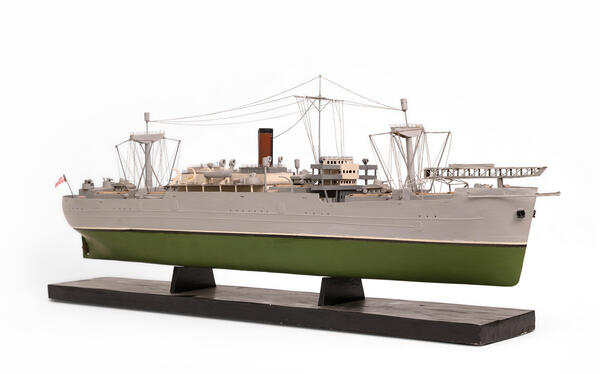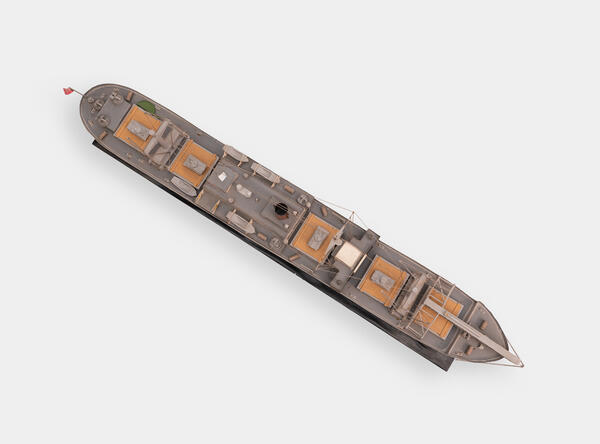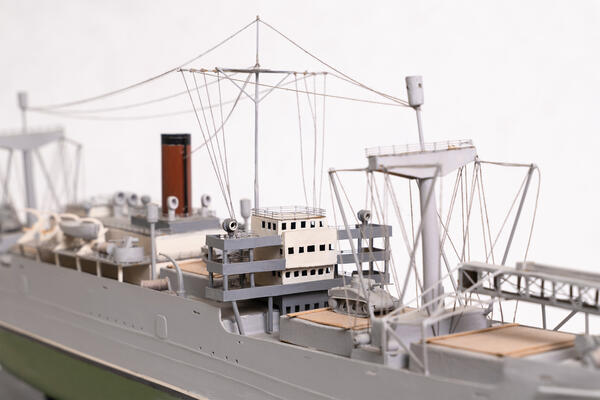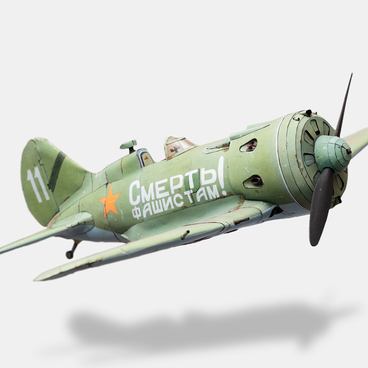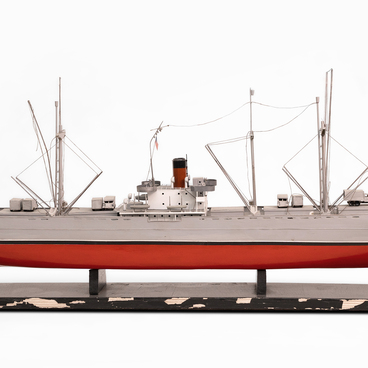The Arctic (or Northern) convoys delivered lend-lease goods to the Soviet Union during World War II. The convoys were accompanied by a British Fleet cover group. In accordance with the established organization of the convoy service in the British Navy, all issues of the formation of convoys and their routes were handled by the Trade Division of the British Admiralty.
The convoys were formed at the bases of Loch Ewe and Scapa Flow in the UK, Reykjavík and Hvalfjörður in Iceland. They sailed to Arkhangelsk, Molotovsk (now Severodvinsk) and Murmansk, and then made a return trip back. The crossing took approximately 10 to 14 days to complete. In winter, Soviet icebreakers escorted the ships in the White Sea. The convoys consisted of British ships loaded at various ports, as well as American and other Allied vessels arriving in England or Reykjavík from the United States.
From 1942, more than half of the ships in the convoys were American. From November 1941 to March 1943, before the transfer of some Soviet ships to the Far East, Soviet transport vessels were also included in the convoys. The limitations of the Soviet trade fleet and the lack of vessels with a speed of 8–10 knots did not allow them to be used on a larger scale.
Initially, the Royal Navy formed convoys of 6 to 10 ships, sending them out with an interval of one to three weeks. From March 1942, the number of cargo vessels in convoys was between 16 and 25, and the convoys PQ-16, PQ-17 and PQ-18 had 34, 36 and 40 units, respectively.

